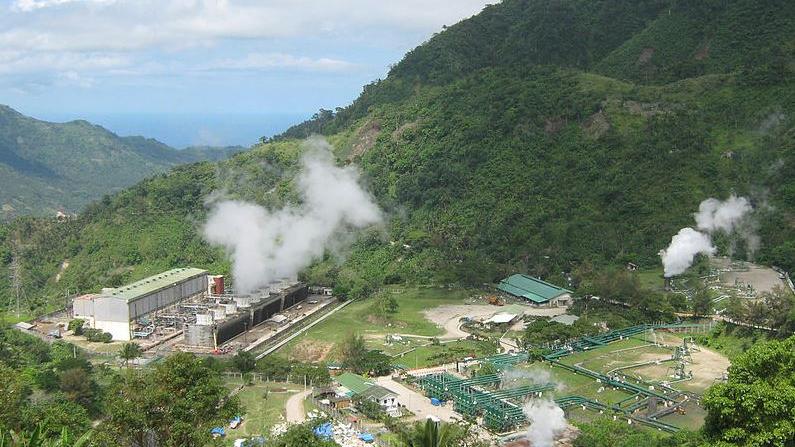
Why is the Philippines' energy shift taking too long?
Do not be deceived by enticing investment environment, analysts warn.
Just like its neighbouring countries, the Philippines is setting its eyes on shifting to renewable energy sources and slowly shedding its dependence on coal, oil, and gas for its energy needs. The country’s market, in theory, is a bright spot for investors along with Thailand and Indonesia, but its attractiveness is marred by policy loopholes that leave analysts frustrated with its potential.
Recent project announcements attest to the Philippines’ investment appeal including the 92.5MW module shipment from Chinese manufacturer, JA Solar Holdings. This represents JA Solar's first entry into the Philippine renewables market and is representative of analysts’ view that Chinese solar manufacturers will increasingly turn to rapidly expanding Asian renewables markets in order to offset some of the overcapacity in their domestic market. Renewables developer Conergy also announced in October 2015 that it is developing over 200MW of solar capacity across the Philippines.
"We have previously noted in our analysis that the ongoing power supply issues in the Philippines will gradually improve over the coming years as a robust power project pipeline is commissioned. Although the project pipeline is dominated by coal, the pipeline for renewable energy is also strengthening, on the back of the strong regulatory environment in place to attract renewables developers into the market," says Georgina Hayden, senior energy & infrastructure analyst, BMI Research.
The government seems to be committed to expanding the domestic renewables industry and has implemented a number of policies to encourage investment. These include tax incentives, duty free imports of equipment, a feed-in tariff programme (FIT), net metering and utility quotas - amongst other regulations. Furthermore, Hayden says, the Philippines has some of the highest electricity tariffs in the southeast Asia region, which allow for attractive returns for prospective developers.
These scenarios seem pretty decent and enticing for investors, but Roberto S. Verzola, executive director, Center for Renewable Electricity Strategies (CREST), thinks otherwise.
The Philippine Energy Plan 2012-2030 “business-as-usual” scenario expects peak demand to increase to 23,158 MW by 2030. To cover the peak demand plus the required reserve margin, a capacity of at least 25,788 MW must be ready by that year.
Verzola says that with 1,767MW of capacity additions already committed, the plan still requires new additions of 11,400 MW over the planning period, to bring the total capacity by 2030 to 27,714MW. This is 1,926MW above the necessary supply of 25,788MW, presumably to cover for the retirement of aging power plants.
“If we scaled down the demand using energy efficiency measures and covered the scaled-down demand with renewables only, then peak demand will have risen more slowly than usual and the renewables-only additions will have sufficed until 2030 to cover the peak demand plus reserve requirements with 670MW to spare, based purely on existing government plans in 2012,” he asserts.
“Sadly,” he adds, “the Philippine government went instead on a construction binge of 23 coal plants that is scheduled to go on until at least 2020, squandering a golden opportunity for the country to show the world how to make an early energy transition to renewable electricity.”
Fernando Vidaurri from Dezan Shira & Associates, concurs with Verzola’s view, saying that one of the reasons renewable energies have been seeing slow growth is that investment in this industry is not seen as offering the same investment returns as fossil fuels.
“In addition to costs, investment has been affected by the slow approval process. For this reason, solar industry officials have started putting more pressure on the government to increase investment incentives and process project permits faster,” Vidaurri says.























 Advertise
Advertise








